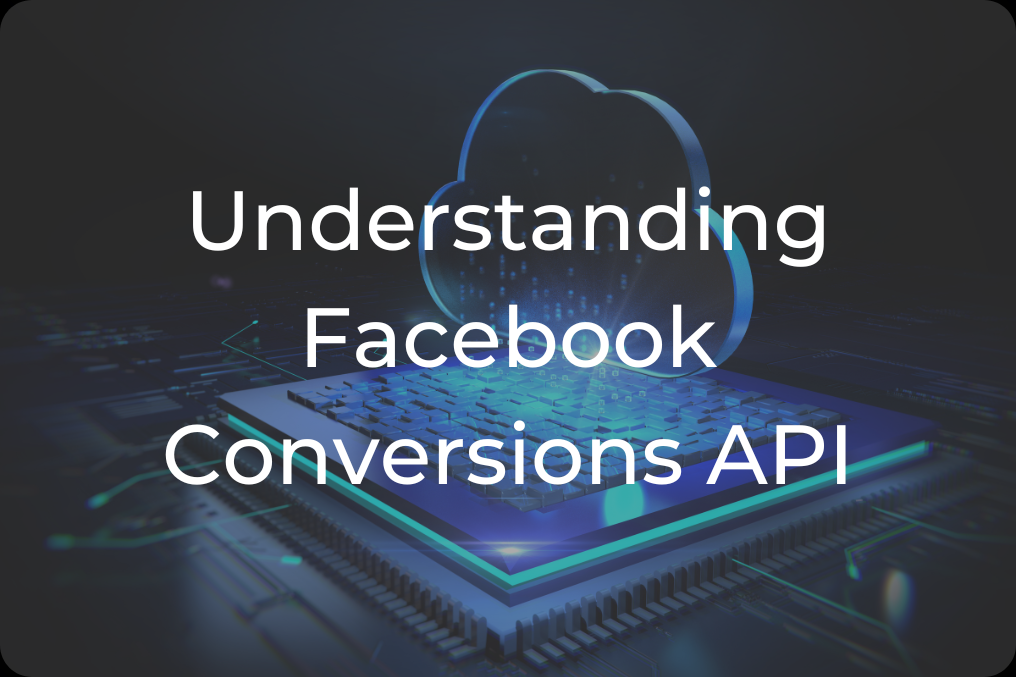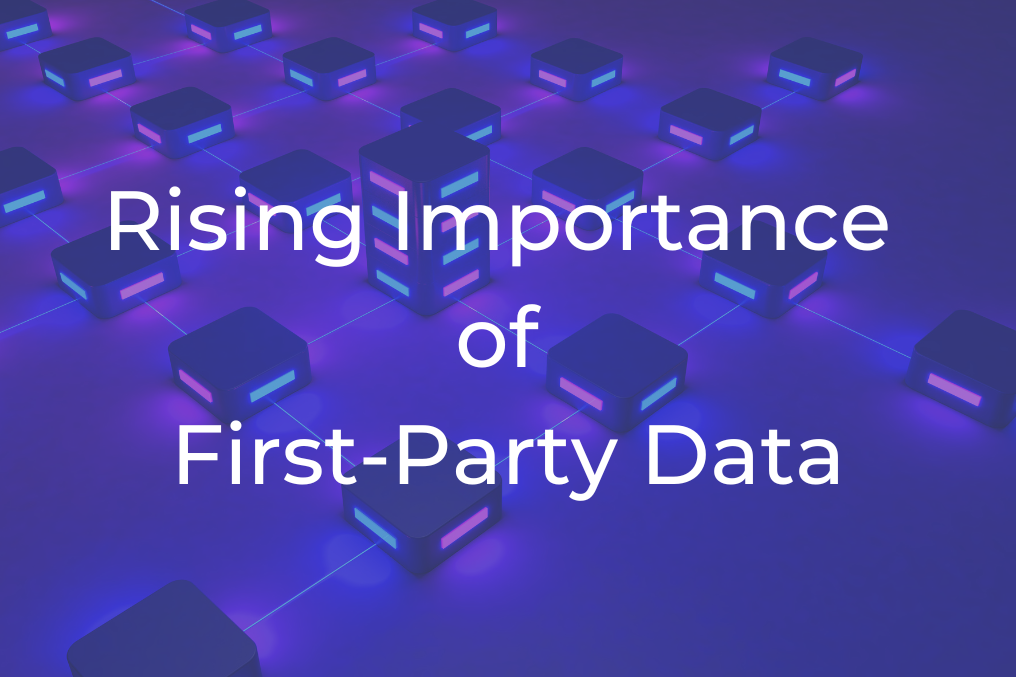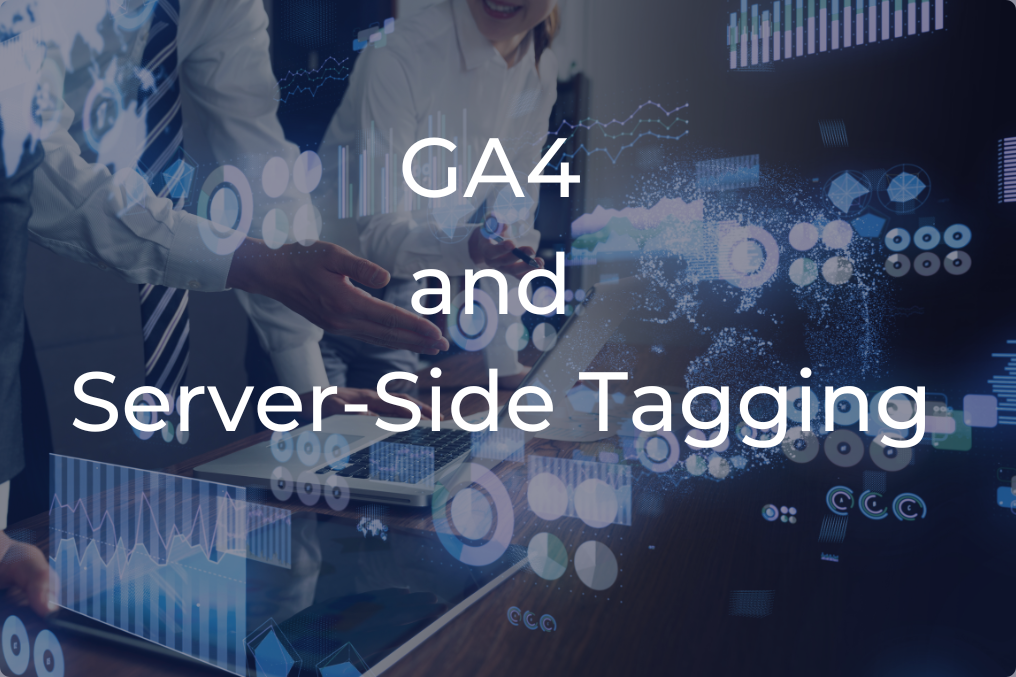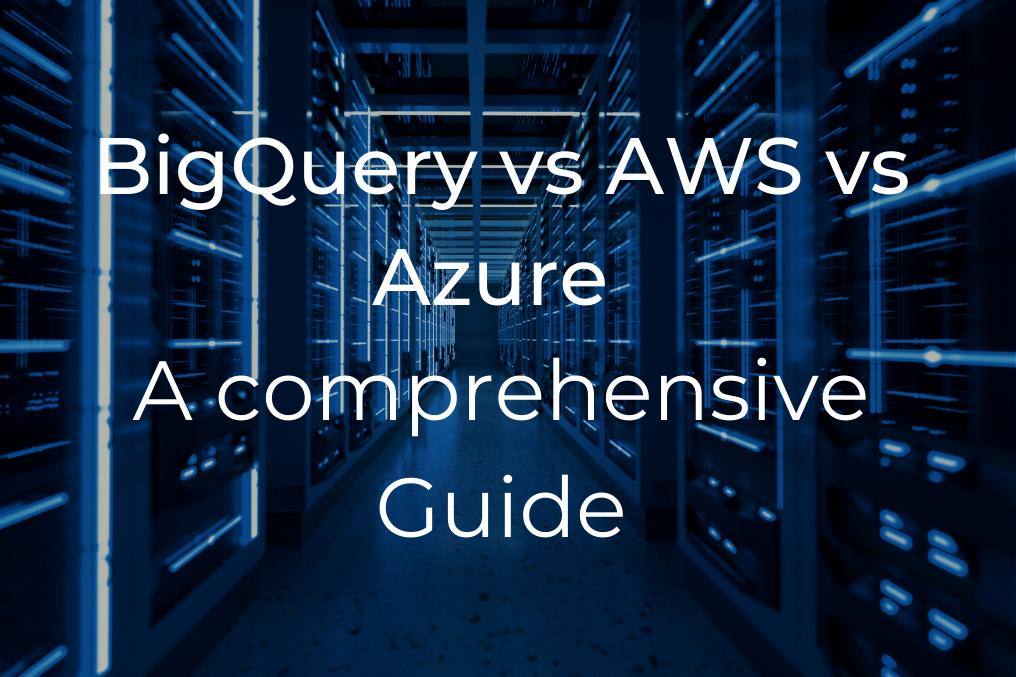
“We’ll help you boost performance, simplify processes, and drive growth with data solutions.”
How First Party Data Builds Customer Loyalty and Why It Matters?
For years, businesses have relied on something called third party cookies—invisible footprints left behind as people browsed the internet, tracking what they searched for, which websites they visited, and what products they looked at. These cookies helped companies show users targeted ads, almost like a shopkeeper who remembers your favorite snack and always keeps it ready for you. But times are changing.
Table of Contents
Toggle
With growing concerns about privacy and security, governments and tech giants like Google, Apple, and Mozilla are shutting down these tracking cookies. Google Chrome, the most widely used browser, has already announced its plan to completely phase them out. That means businesses can no longer rely on these secret trackers to understand customer behavior. It’s like shopkeepers suddenly forgetting who their regular customers are!

But here’s the exciting part: businesses now have a golden opportunity to build real, trust-based relationships with their customers using first party data. This is information that customers willingly share—like when they sign up for a newsletter, make a purchase, or join a loyalty program. Instead of secretly tracking people across the web, companies can now directly interact with their audience, asking them what they like, what they need, and how they can serve them better.
In this blog, we’ll explore how businesses can collect, manage, and use first party data smartly to build lasting customer loyalty. Whether it’s through exciting rewards programs, AI-powered recommendations, or engaging experiences, we’ll uncover how companies can turn data into deep, meaningful connections with their customers.
What Are Third Party Cookies?
Third party cookies are small pieces of data created by domains other than the one a user is visiting. They track user behavior across websites, enabling marketers to:
- Understand browsing habits and interests.
- Deliver personalized ads.
- Build remarketing campaigns.
- Measure ad performance.
For years, these cookies have been invaluable for creating targeted advertising strategies. However, their reliance on tracking users without explicit consent has made them a focal point in debates about online privacy.
The Role of Third Party Cookies in Advertising
Third party cookies have been the backbone of online advertising for decades. These small pieces of code tracked users across websites, enabling advertisers to deliver hyper-targeted ads based on browsing behavior. For example, if a user searched for running shoes on one site, they might see ads for sneakers on another.
Why Are Third Party Cookies Declining?
The decline of third-party cookies stems from several reasons:
1. Privacy Concerns: Consumers are increasingly aware of how their data is used, and many don’t appreciate being tracked without consent.
2. Regulations: Data protection laws like GDPR (General Data Protection Regulation) in Europe and CCPA (California Consumer Privacy Act) in the U.S. are enforcing strict guidelines on data collection and usage.
3. Browser Restrictions: Google Chrome, Safari, and Firefox have either implemented or announced plans to block third-party cookies, making them obsolete in the near future.
The loss of third party cookies has disrupted traditional advertising models. Businesses can no longer rely on these trackers for customer insights or ad targeting. This has forced marketers to rethink their strategies and explore alternatives like first-party data.
What is First Party Data?
First party data is information collected directly from customers through owned channels like websites, apps, or CRM systems. Common sources include:
- Website interactions (e.g., page views, clicks)
- Purchase history
- Customer feedback forms
- Email subscriptions
- Loyalty program enrollments
Benefits of First Party Data
Unlike third party data, first party data is accurate, relevant, and owned by the business. Key advantages include:
1. Data Accuracy: First-party data reflects real customer behavior.
2. Privacy Compliance: Collected with explicit consent, it aligns with privacy regulations.
3. Cost Efficiency: Businesses save on purchasing external data.
4. Customer Trust: Transparency in data collection builds credibility.
Examples of Success
- Retail giant Amazon successfully utilizes first-party data by tracking customer browsing behavior, purchase history, and preferences to offer hyper-personalized recommendations.
- Spotify uses first-party data to analyze listening habits and create personalized playlists, enhancing user experience while driving engagement. Similarly, Starbucks leverages purchase history in its “My Starbucks Rewards” program to offer customized promotions and rewards.
The Importance of First Party Data in Building Customer Loyalty
In today’s digital landscape, customer loyalty is more crucial than ever. As third party cookies fade away, businesses are turning to first party data as a powerful tool to build lasting relationships with their customers. First party data, collected directly from customers through interactions like website visits, purchases, or loyalty programs, offers a unique advantage in fostering loyalty.

How First Party Data Enables Personalized Experiences
1. Understanding Customer Behavior
First-party data provides detailed insights into customer preferences and behaviors. This information allows businesses to tailor their offerings, creating personalized experiences that resonate with customers. For instance, companies can use purchase history to recommend relevant products or services, enhancing customer satisfaction and engagement.
2. Targeted Marketing
With first-party data, businesses can craft highly targeted marketing campaigns. By analyzing customer interactions, companies can deliver relevant content and offers, increasing the likelihood of conversion and customer retention.
3. Building Trust
When customers see that their data is used responsibly to enhance their experiences, it builds trust. Transparency in data collection and usage is key to fostering this trust, which is essential for long-term loyalty.
Role of First-Party Data in Creating Loyalty Programs
1. Personalized Rewards
Loyalty programs powered by first-party data can offer personalized rewards based on customer behavior. For example, Starbucks uses purchase history to provide customized offers and rewards, such as free drinks on birthdays.
2. Enhanced Customer Engagement
By leveraging first-party data, businesses can design loyalty programs that encourage customer engagement. These programs can recognize and reward customers for their loyalty, further deepening their connection with the brand.
3. Predictive Analysis
First-party data also enables predictive analysis, allowing businesses to anticipate customer needs and tailor their offerings accordingly. This proactive approach helps in retaining customers and attracting new ones.
Overcoming Challenges and Measuring Success
Implementing a first-party data strategy presents several challenges, but also offers significant opportunities for businesses to enhance customer relationships and drive growth. Here’s an overview of common challenges and how to measure success:
Common Challenges
1. Data Silos: Many companies store customer data across different departments and software platforms, making it difficult to get a single, unified view of each customer. This fragmentation leads to inconsistent customer insights and missed opportunities for personalization.
2. Limited Resources: Managing first-party data requires skilled professionals, time, and investment in the right tools. According to industry reports, advertisers struggle due to a lack of manpower and technical resources to handle first-party data efficiently.
3. Data Accuracy Issues: Not all data collected is reliable. Studies show that marketers in large companies face challenges with inaccurate or incomplete data, which can lead to misguided marketing strategies and poor decision-making.
4. Technology Integration: Many businesses use multiple marketing and analytics tools that don’t communicate with each other. Ensuring seamless integration of all data sources is a major challenge that affects efficiency and insights.
5. Lack of Data Literacy: Even if businesses collect high-quality first-party data, they often struggle to analyze and use it effectively. Without proper training, teams may find it difficult to extract valuable insights from customer data.

Overcoming Challenges
To make the most of first-party data, businesses need to adopt smart strategies and the right technology. Here’s how they can tackle the most common obstacles:
1. Break Down Data Silos: Implementing a Customer Data Platform (CDP) can help unify customer data from different sources, providing a single, holistic view of each customer.
2. Invest in Skilled Talent: Hiring and training data specialists will improve an organization’s ability to manage, interpret, and act on customer data effectively.
3. Maintain Data Quality: Businesses should set up clear data governance policies, conduct regular audits, and clean their data to ensure accuracy and relevance.
4. Improve Technology Integration: Using automation tools, AI-driven analytics, and seamless API integrations can help businesses connect various data sources efficiently.
5. Increase Data Literacy: Companies should train their teams to understand and use data insights effectively, enabling better decision-making and more personalized marketing strategies.
Measuring Success
Once businesses start using first-party data, they need to measure its impact. Tracking the right metrics can help determine whether their data strategy is working.
1. Conversion Rate: Measures how many leads turn into paying customers, showing the effectiveness of personalized marketing efforts.
2. Customer Engagement: Includes email open rates, click-through rates, and time spent on the website—indicating how effectively the business is connecting with its audience.
3. Ad Performance: Publishers and advertisers should monitor changes in ad revenue and audience targeting success to assess the value of first-party data in advertising.
4. Page Performance: Metrics like bounce rate and time on page help understand how engaged users are with website content, which can be optimized using first-party data insights.
It’s recommended to focus on 1-3 key performance indicators (KPIs) and track them over several months to assess the impact of your first-party data strategy.
Case Study: How HubSpot Uses First Party Data for Success
HubSpot, a well-known marketing and CRM platform, has helped midsize businesses leverage first party data to improve customer relationships. Here’s how:
- Better Marketing Effectiveness: By using first-party data, companies have been able to create highly relevant, privacy-friendly marketing campaigns that drive better results.
- Stronger Personalization: Businesses using HubSpot’s tools can deliver tailored experiences to customers, improving engagement and conversion rates.
- Higher Customer Retention: Companies that prioritize first-party data see increased customer loyalty, as they build trust and offer more meaningful interactions.
By adopting similar strategies, businesses can transform their approach to marketing and customer engagement—turning data into a powerful tool for growth and loyalty.
Best Practices for Collecting and Using First Party Data
As businesses shift from relying on third-party cookies to using first-party data, they need strong strategies to collect and use this data effectively. First-party data is more accurate, gives businesses full control, and aligns with privacy laws like GDPR and CCPA, making it a must-have for modern marketing. Below are the best ways to gather and use first-party data successfully.
1. Give Customers a Reason to Share Their Data
People are more willing to share their data if they get something valuable in return. Businesses can create this value exchange by offering:
- Loyalty Programs: Give customers rewards, discounts, or exclusive perks in exchange for their purchase history and preferences.
- Exclusive Content: Provide premium access to articles, videos, or webinars in return for their contact details.
- Discounts & Special Offers: Encourage newsletter sign-ups and account creation with limited-time deals.
2. Be Transparent and Build Trust
People want to know why you’re collecting their data and how you’ll use it. The more transparent you are, the more trust you build with your customers.
- Ask for Clear Consent: Use Consent Management Platforms (CMPs) to ensure your data collection follows legal requirements like GDPR and CCPA.
- Explain Data Usage Clearly: Let customers know how sharing their data benefits them (e.g., “We use your browsing history to recommend better products”).
- Make Privacy Policies Easy to Understand: Keep privacy policies accessible and written in simple language.
3. Use the Right Tools to Collect Data
To manage first-party data efficiently, businesses need the right technology:
- Customer Data Platforms (CDPs): These platforms gather data from different sources, helping businesses get a complete view of customer behavior.
- Web Analytics Tools: Tools like Google Analytics track how people interact with a website, helping businesses understand customer preferences and pain points.
- Lead Generation Forms: Simple forms for newsletters, quote requests, or account sign-ups help businesses collect useful customer details.
4. Focus on Data Quality, Not Just Quantity
Having a huge amount of data is useless if it’s inaccurate or outdated. Businesses should ensure their data is clean and reliable by:
- Regularly Cleaning Data: Remove duplicate or outdated information to improve accuracy.
- Using Verification Steps: Confirm data through email confirmations or double opt-ins to avoid collecting fake or incorrect information.
- Keeping Forms Simple: Only ask for necessary details like name, email, and basic preferences to reduce drop-offs.
5. Use First-Party Data to Create Personalized Experiences
The true power of first-party data lies in how businesses use it to create tailored experiences for their customers.
- Segment Your Audience: Group customers based on age, interests, and shopping behavior to send them more relevant offers.
- Show Personalized Content: Use browsing behavior to customize website pages and email campaigns.
- Use Predictive Analytics: Analyze past customer behavior to predict future needs and send them relevant recommendations.
6. Connect Data Across All Channels
To maximize the value of first-party data, businesses should use it across all marketing channels:
- Sync CRM Systems with Marketing Tools: Ensure customer data flows seamlessly between platforms.
- Combine Social Media & Website Data: Track customer engagement on social media (likes, shares, comments) along with website visits for a full picture.
- Align Email & App Campaigns: If a customer views a product on an app, send a personalized email reminder about it.
7. Stay Compliant with Privacy Laws
Privacy regulations are getting stricter worldwide. Businesses must follow data protection laws to avoid legal risks.
- Stay Updated on Data Regulations: Follow laws like GDPR (Europe) and CCPA (California) to ensure compliance.
- Use Secure Storage Solutions: Store customer data safely with encryption and strong security protocols.
- Regularly Audit Data Collection Practices: Ensure data is being collected responsibly and customers can easily opt-out if they choose.
By following these best practices, companies can successfully transition to a privacy-first, data-driven marketing strategy that builds long-term customer loyalty.

Conclusion
The end of third-party cookies marks a turning point in digital marketing. While it poses challenges, it also opens doors for businesses willing to embrace first-party data strategies. By collecting accurate and consented information directly from customers, companies can deliver personalized experiences that foster trust and loyalty.
In this post-cookie era, first-party data isn’t just an alternative—it’s a necessity for sustainable growth. Businesses that prioritize ethical data collection and innovative applications will not only survive but thrive in this new landscape.
The cookie era may be ending, but for businesses that embrace first-party data, a new, more powerful era of customer connection is just beginning. Are you ready?
Ranjan Kashyap
“We’ll help you boost performance, simplify processes, and drive growth with data solutions.”
Explore related posts.


From Cookies to Customer Loyalty: The Rising Importance of First Party Data

Elevate Your Shopify Analytics: Implementing a Data Layer with GTM

GA4 and Server-Side Tagging: The Next Big Thing in Data Analytics in 2025 🚀

Cloud Data Warehouse Showdown: BigQuery, AWS Redshift, and Azure Synapse

